On the evening of July 30, one of the bluest stars in the sky will gleam just above the waxing crescent moon. Spica is a blue giant star and the brightest in the constellation Virgo.
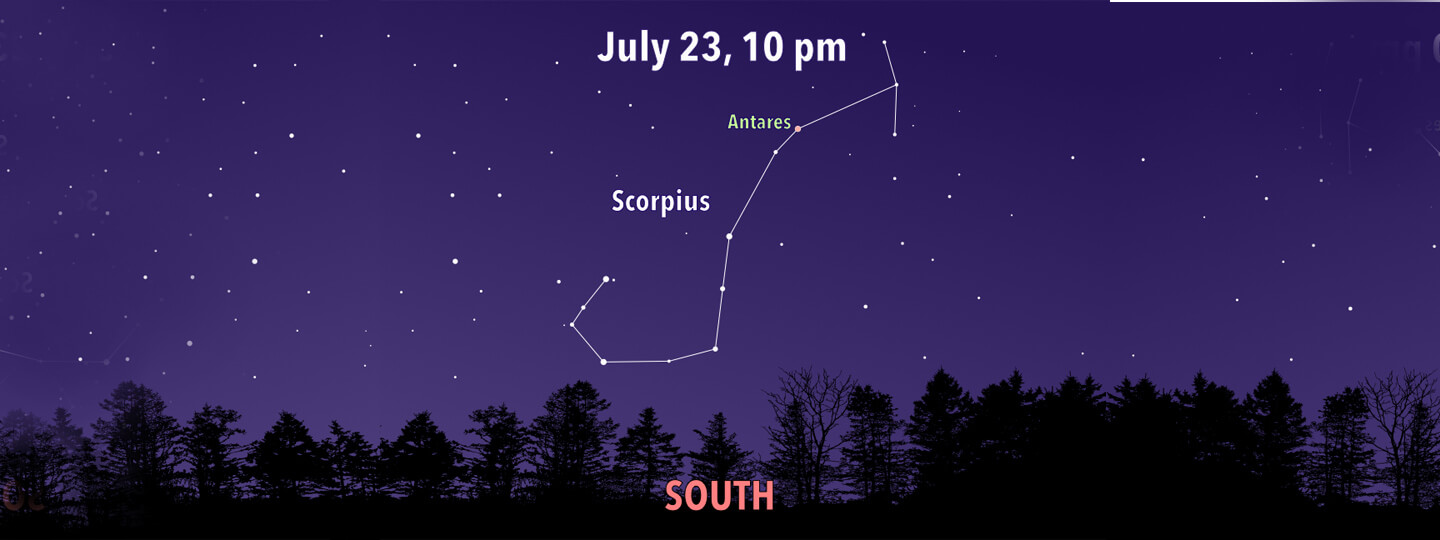
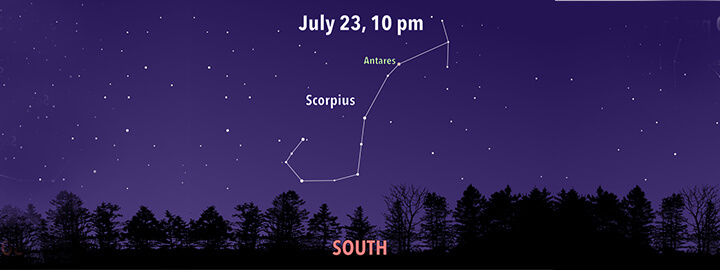
Spica (labeled in green), Mars (labeled in red), and the crescent moon nestled in Virgo low in the Pittsburgh sky.
Credit: Kayla Waugaman Carnegie Science Center
Stargazing: Crescent Moon by Spica
July 29, 2025
Julie Silverman, Carnegie Science CenterOn the evening of July 30, one of the bluest stars in the sky will gleam just above the waxing crescent moon. Spica is a blue giant star and the brightest in the constellation Virgo. Virgo, known as the “Maiden of the Harvest,” was well known to farmers. The brilliant star, Spica, represents a sheaf of wheat held by the maiden, and its Northern Hemisphere rising marked the beginning of the planting season.
Blue stars have the highest temperatures. They burn bright and fast. Between the high temperatures and high luminosity, they blast enormous amounts of energy into space and burn through their fuel faster than stars like our sun. In fact, they are the shortest-lived stars. As stars go through life cycles, their appearance changes over a time frame too large for us to notice. Most of the stars we see are in what’s called the “main sequence,” part of their lives, and become blue giants as they scorch through their hydrogen. Because blue stars burn out quickly, they are rare among stars; yet, they appear common due to their incandescent light, which draws our attention. Regulus in the springtime constellation, Leo, and Rigel, gracing the wintertime constellation, Orion, are well-known blue-giant stars.
In Antarctica, on July 30, the moon will briefly cover sparkling Spica. In Pittsburgh, the pair will shine beautifully close together.
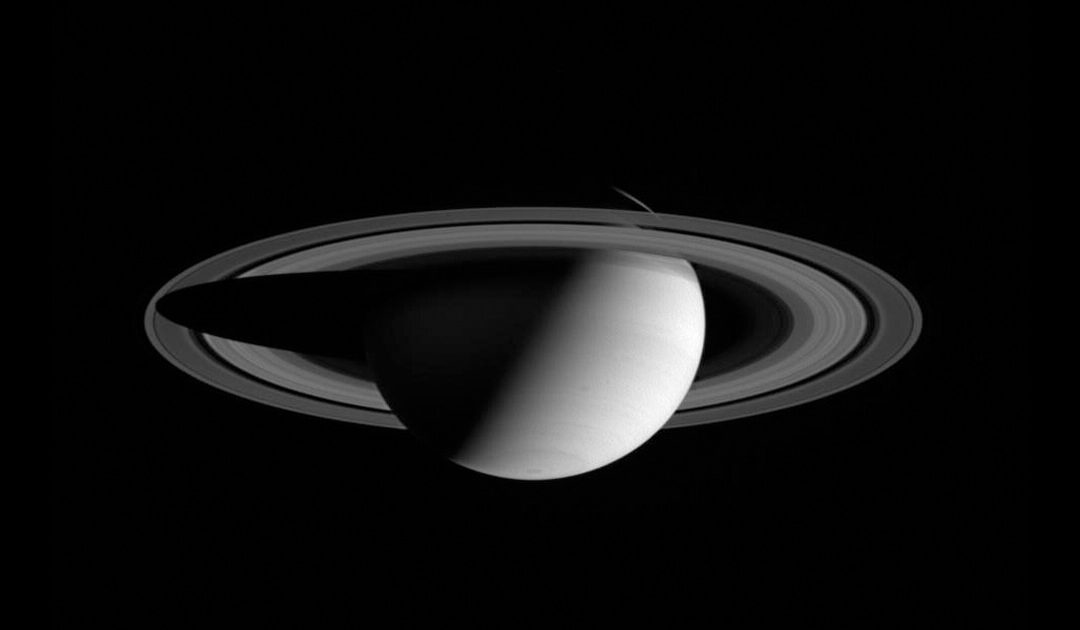
Stargazing: Saturn Returns, Southern Side Visible
Saturn returns to the evening sky, and so does our view of the planet’s southern hemisphere. Home > Blog Saturn returns to the...
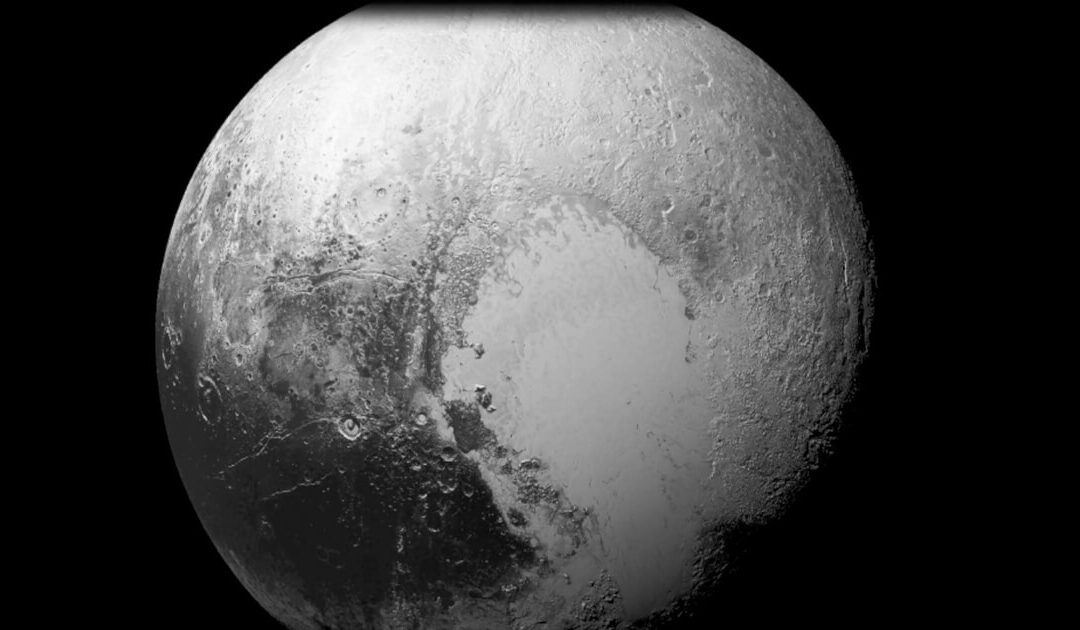
Stargazing: Pluto Anniversary – New Definition of a Planet
A small icy world at the outer reaches of our solar system revolved as the center of attention and consternation on August 24, 2006. The subject of that year’s gathering of the International Astronomical Union (IAU) would bring professional astronomers and science...
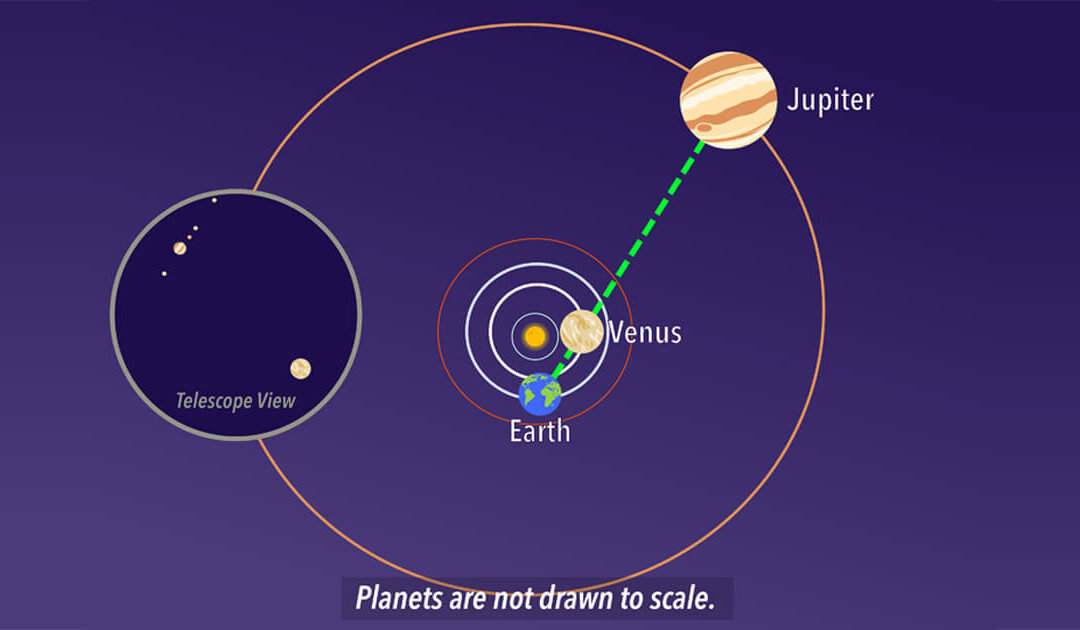
Stargazing: Perseids and Venus-Jupiter Conjunction
This time of year is usually the moment to break out the lawn chairs for the annual spectacle of the Perseid meteor shower. Home > Blog ...
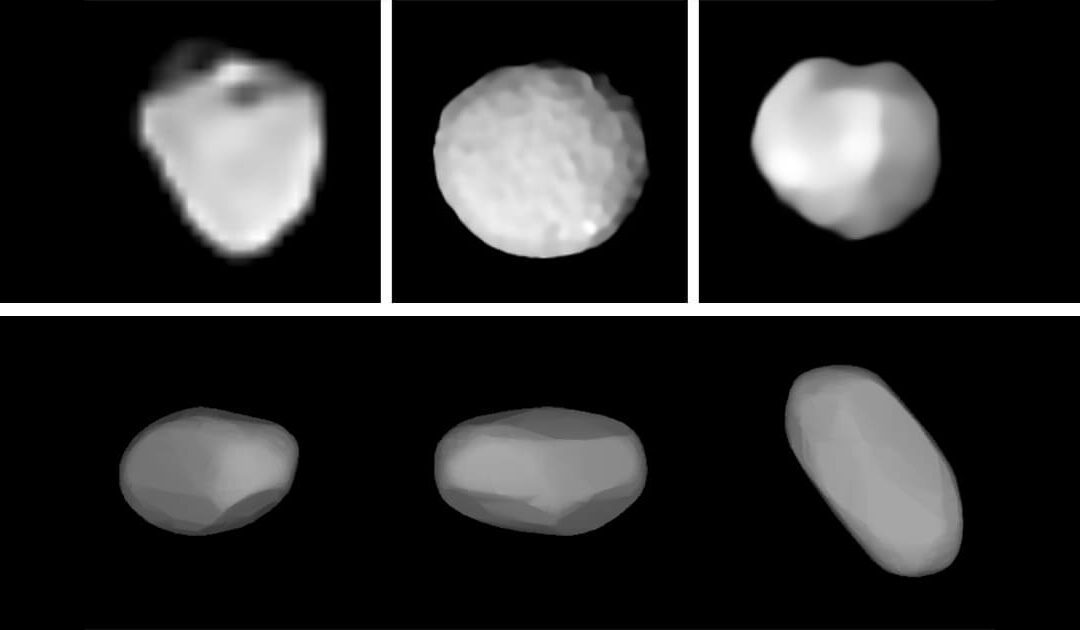
Stargazing: August Asteroids
Several large asteroids will have their brightest showings of the year through August. Home > Blog Between the planetary orbits...

Stargazing: Scorpius
Soaring through July skies is an ancient arachnid known for its sting. Scorpius the Scorpion, with its distinctive curved spine and stinger poised to strike, holds a large profile low to the southern horizon. Its Latin name translates to the “creature with the...

Stargazing: Vega – Anniversary of First Photo of Star Taken
On July 17th, 1850, the first photograph of a star other than our Sun was taken. Home > Blog Brilliant Vega is the brightest...
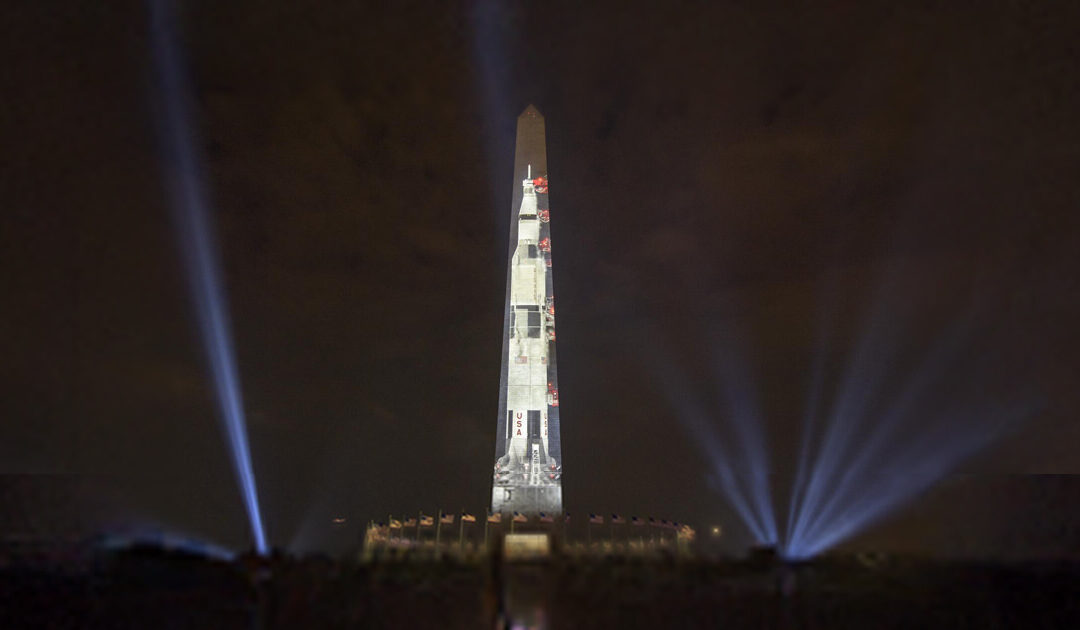
Stargazing: Pittsburgh Goes to the Moon
This year celebrates the 56th anniversary of the first moon landing. On July 20, the world watched as Neil Armstrong and Buzz Aldrin stepped onto the surface of the moon. Home > Blog [sv...
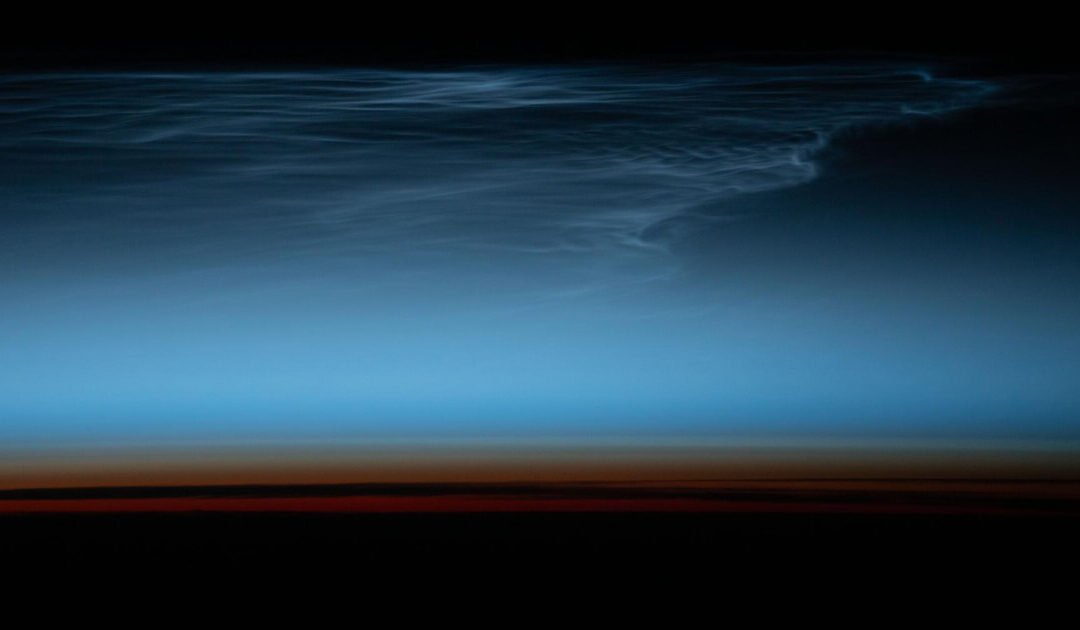
Stargazing: Noctilucent Clouds
Summer is the season to spot rare and luminescent Noctilucent Clouds. From May to early August, these ethereal clouds show their best displays thirty minutes after sunset or before sunrise. Home > Blog [acf...
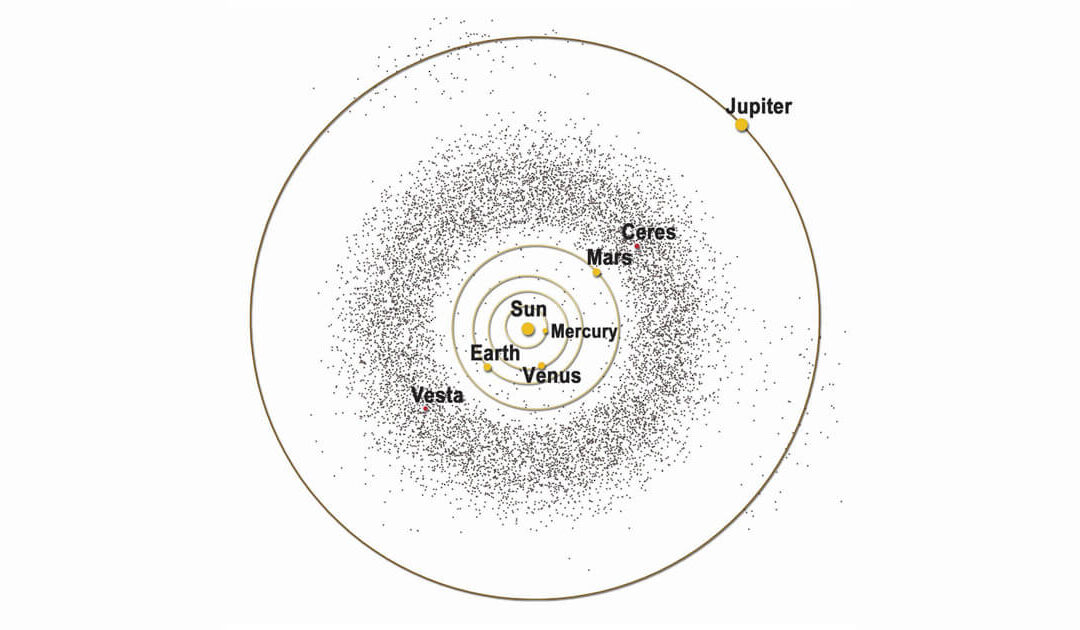
Stargazing: June 30 Asteroid Day – date of Siberian Tunguska Event
Pre-dawn hours of June 27 will bring peak opportunities to view June’s Bootid meteor shower. A thin crescent moon will enhance the chances of seeing meteors flash across the sky. Home > Blog ...

Stargazing: Solstice June 20– also, Moon-Saturn-Neptune close approach 5:45 a.m. June 18
Welcome summer! On Friday June 20 at 10:42 p.m. EDT, the sun will reach its northern-most point in the sky. Home > Blog Welcome...

